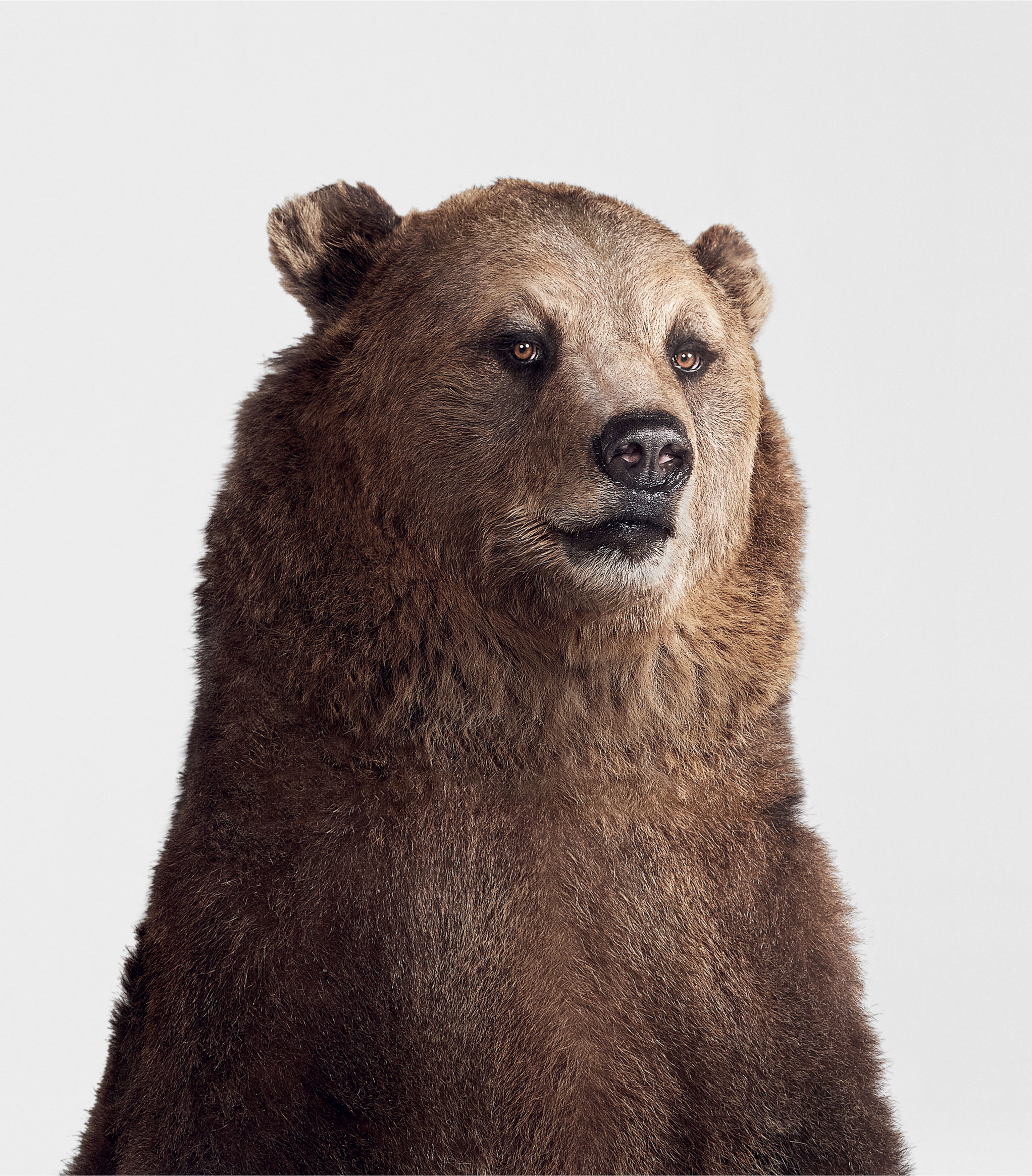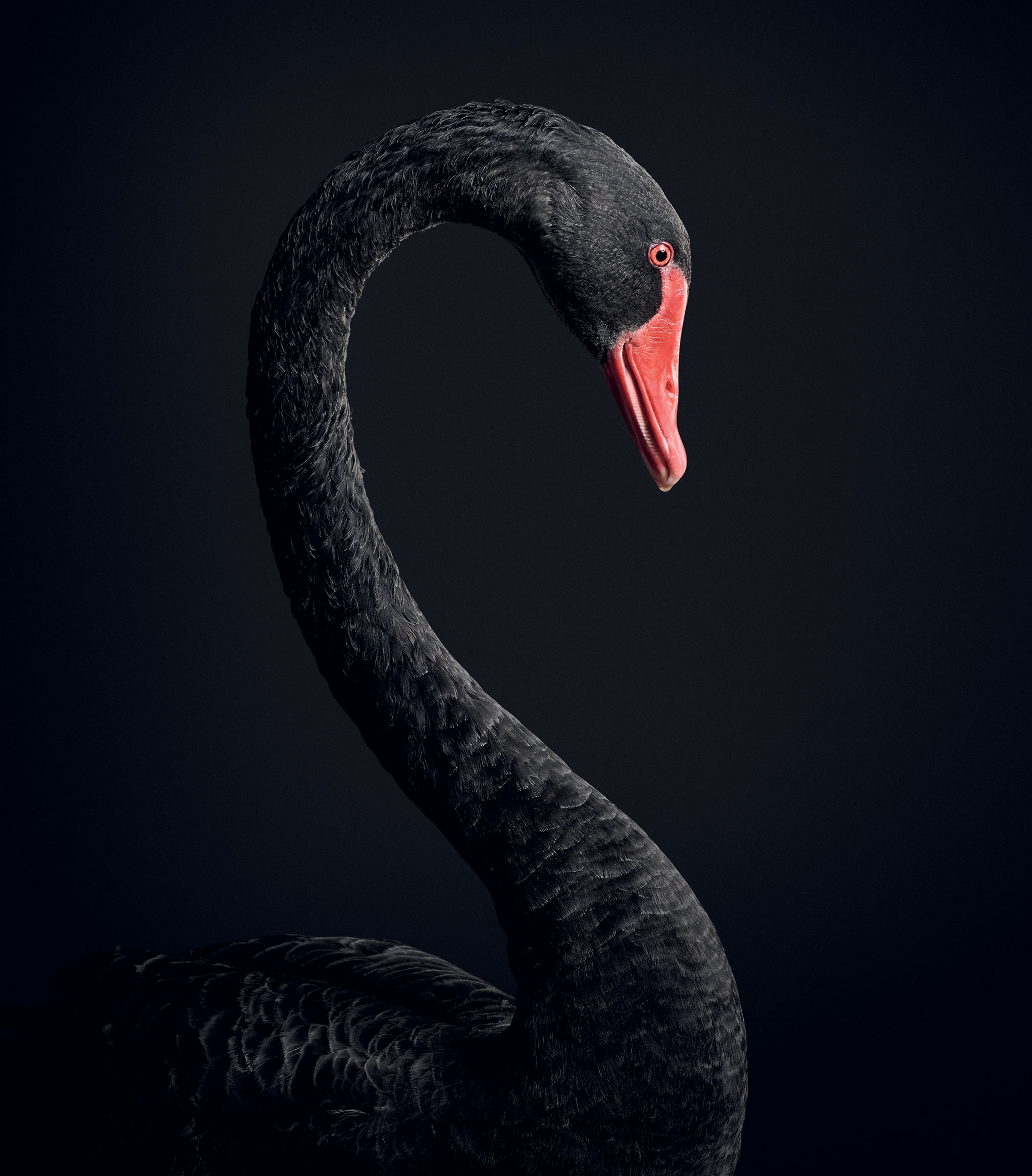There is a methodical, studious process behind photographer Randal Ford’s work, a feeling of technical mastery mixed with exacting vision. It turns out, this doesn’t come from a rigorous fine art background but rather a business school degree. “From a business perspective, putting commerce on the same level as art can be really helpful,” he tells me from his studio in Austin. The 36-year-old photographer, well known for his advertising (L.L Bean, Verizon, AT&T) and editorial work (he created a cover for TIME) is about to release Animal Kingdom (Rizzoli), a collection of animal portraits he’s spent the last three years creating in between advertising gigs.
I had been sent an advance copy of the book and was captivated. The animal portraits have instant charm and beauty, and as I turned the page, I was mesmerized. There is just something about the portraits. They have that quality—each piece of work gripping but not sensationalized, intimate but not coerced. Famed celebrity portrait photographer Dan Winters put it best in the book’s forward: “These exquisite photographs go well beyond anthropomorphism. We feel genuine emotion that provides us a cathartic connection.” I spoke to Randal about his work and process.
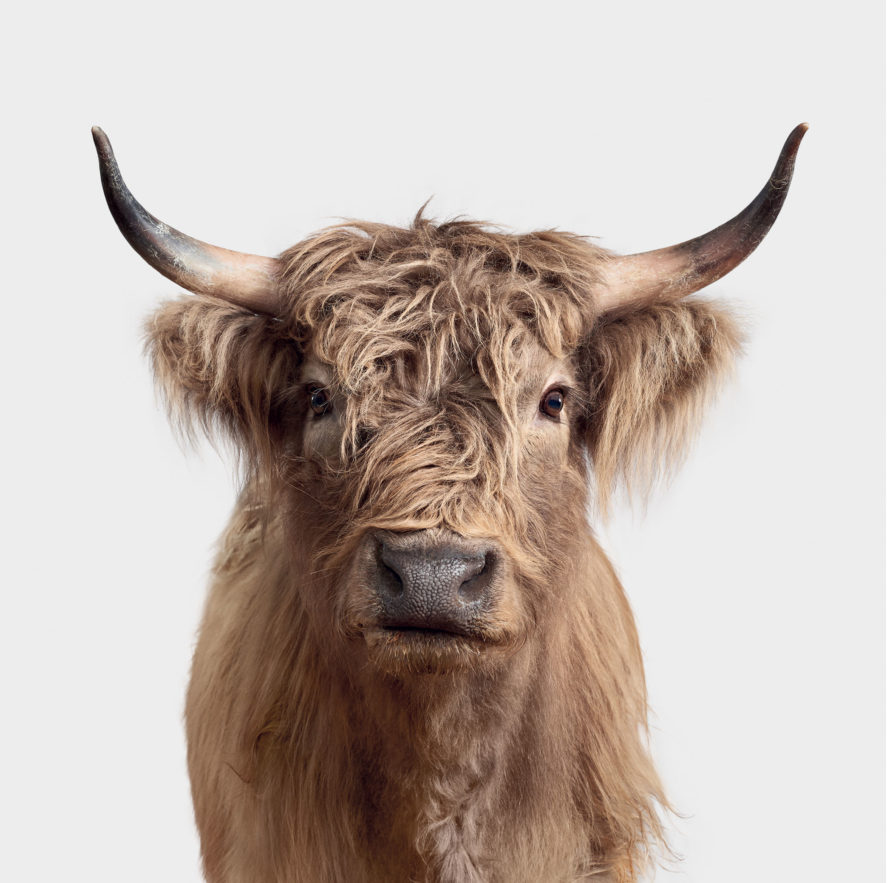
PHOTOGRAPHY BY RANDAL FORD
How did your new book Animal Kingdom come about?
I started doing a few animal portraits about eight years ago, and really heavily for the last three years. My main gig is advertising photography, but this has been the main side project I’ve been working on. The most complicated part was traveling and getting all of the shoots scheduled and lined up. I worked a lot with producers in the LA area who have animal actors for videos and commercials.
I started weaving this web of contacts and it would be like, “so-and-so has a skunk and so-and-so has an exotic chicken.” In those cases I would just contact them and offer to trade them a photo and print.
“Every time a CD hires
you they are taking a risk,
but when you have a
consistent look it mitigates
that risk substantially.”
The book, and your work overall, has a very specific look. What have you found to be the pros and cons of committing to an aesthetic?
Having a consistent aesthetic is something I’ve intentionally done since I started photography. Knowing to do that was a combination of having a business school background but also having great mentors who helped me refine my aesthetic. I knew I needed a very consistent look if I was going to get creative directors to hire me. Every time a CD hires you they are taking a risk, but when you have a consistent look it mitigates that risk substantially.
When I was starting out, that really sharp, crisp look was becoming popular. Someone showed me Sacha Waldman’s works, and I was like, “That is a really cool look! I need to figure out how to do that.” I became obsessed with how to develop that look, and that really helped solidify my aesthetic.
But, once I did get that look down I realized it was a trend—and trends fall off. So I had to learn how to keep it relevant. The way I’ve tried to do that is by evolving my style, like 2% adjustments every six months, just tweaking things so they stay modern.
I’ve evolved to like less studio lighting, more natural lighting, controlled and intentional. You start to put your own stamp on the look. It’s definitely been a process and evolution and while I’ve tried to keep an eye on trends, I’ve also migrated toward a more timeless aesthetic. With Animal Kingdom I was trying to get a timeless look that doesn’t look overlit.
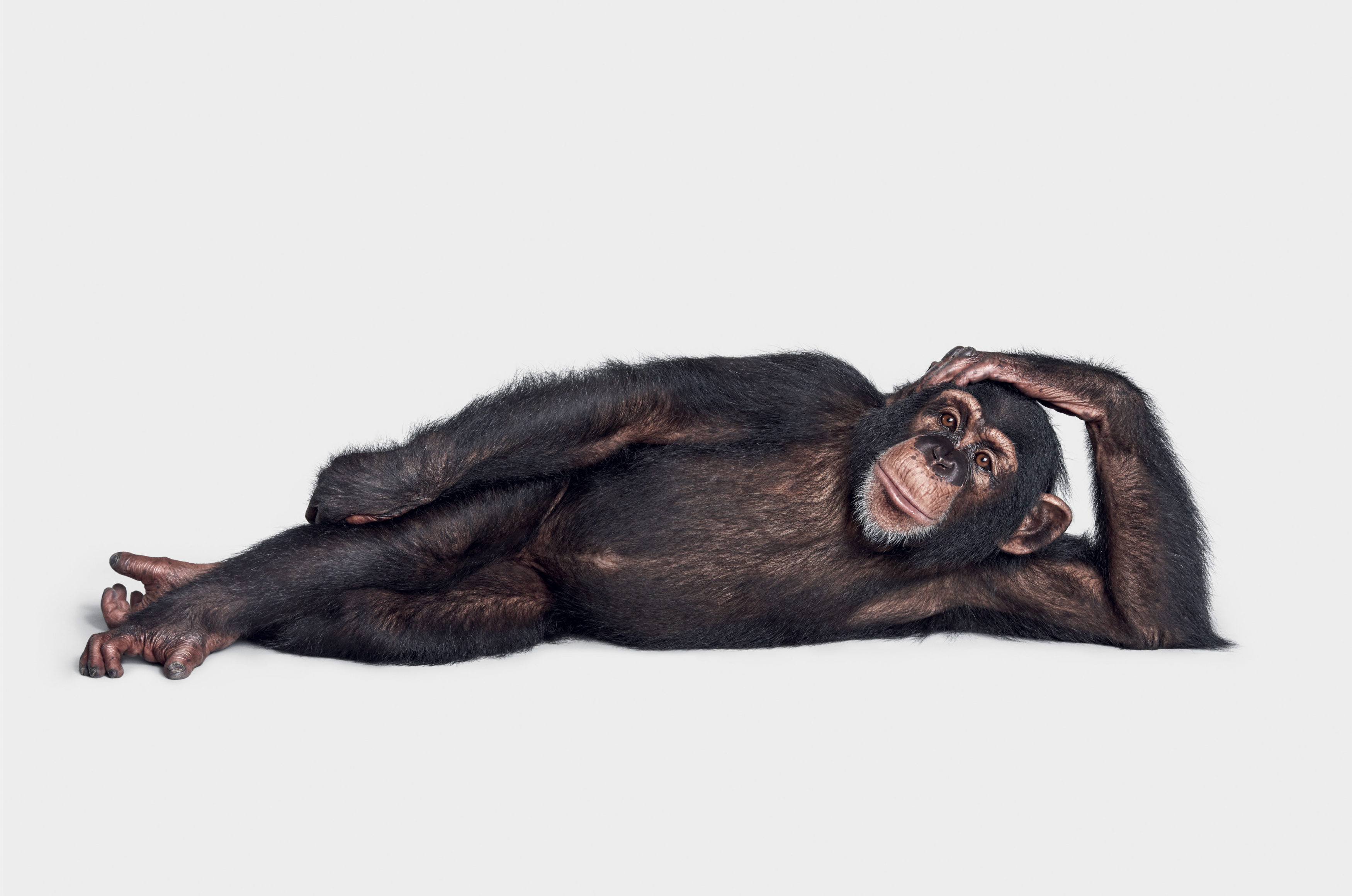
Amari, Chimpanzee. This shot was inspired by Auguste Rodin’s The Thinker. PHOTOGRAPHY BY RANDAL FORD.
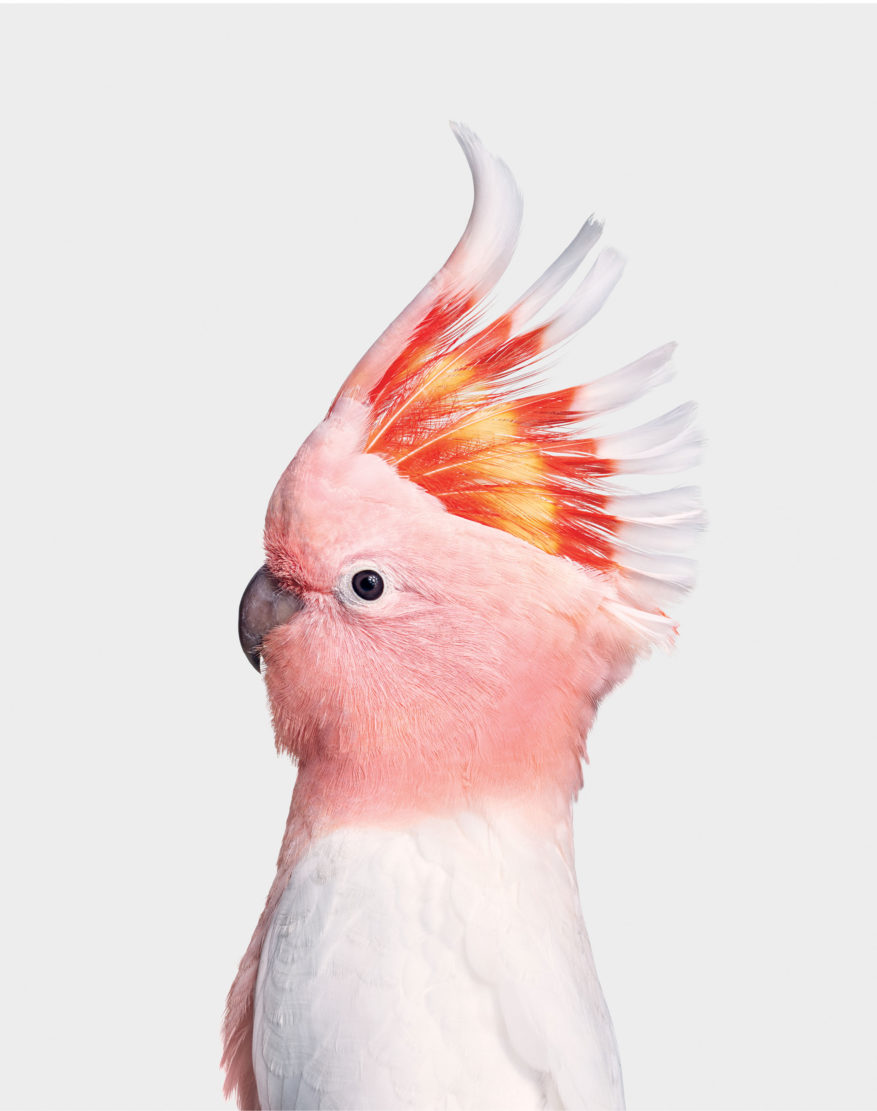
Amelia, pink cockatoo. Amelia loves mirrors-and attention. During her shoot, her head feathers fluttered up and down, demanding everyone look at her. PHOTOGRAPHY BY RANDAL FORD.
Speaking of creative directors, how can a CD be most helpful when assigning a shoot?
I’ve always felt like the best creative directors are the ones who know what they want. When they know exactly what they want it’s much easier to give it to them. The creative collaboration is something I really enjoy, but they need a consistent idea of what they want. That really lets me bring my aesthetic to it.
Also, when I’m being micromanaged I kind of shut down, like, “Sure, we can just keep doing this.” But when there is trust, and they like what I’m doing, that’s when I bring my absolute best to the table.
One of the things I find interesting about your career path is your business school background. How much did going to business school impact your photo career?
Business school was pivotal to me, especially early on in my career. I left Texas A&M with a complete business mentality. At that time I was just falling in love with photography, learning the fundamentals, but was busy studying business. If I had gone to art school I would have learned a lot about craft and process but probably come out wondering how to make a living. I was always thinking, “How can I market myself well?” From a business perspective, putting commerce on the same level as art can be really helpful.
How do you find a balance between art and commerce?
To each his own. When I first got into photography people might have said, “Jeez, this guy is just whoring himself out on every job!” But on some jobs you just have to have a commercial mindset. Being a creative is challenging. There are people out there who find a way to do it with less of a business mentality, but on the other hand I sure see a lot of people who are struggling.
Some of the greats, like Michelangelo, they had a full-scale operation going on, Jeff Koons style. Great works come out of great operation. Every part of the process still needs hard work.
- Bam Bam is a celebrity grizzly bear and was fed honey and pastries on set. PHOTOGRAPHY BY RANDAL FORD.
- It’s said a small number of black swans explains almost everything in our world,” Randal says. PHOTOGRAPHY BY RANDAL FORD.
What’s your marketing process like?
I think you have to constantly be marketing: social media marketing, Instagram, website, Facebook. Digital marketing is an ongoing thing so I try to put it on a schedule so it’s not as overwhelming. I control and schedule my Instagram a bit more. I don’t care if you are the greatest photographer in the world, you have to be constantly marketing to stay on top of clients’ minds and be relevant.
I do two to three direct mailers a year that go out to agencies and my clients, and I do two to three postcards as well. It all works in tandem with digital.
I had a creative director hire me a few years ago, and he was like, “I’ve had your postcard on my wall for a couple of years just waiting for the right job to come along.” That’s crazy! A 10-cent postcard was sitting on this guy’s wall for years and then finally the right job came along. It’s a long-term game with an aspect of throwing spaghetti on the wall and seeing what sticks. You have to put work out there.
When we were talking earlier you mentioned seeing the “Richard Avedon: In the American West” museum exhibit and being inspired by the scale and quality of the prints. Most images we see now are on tiny screens. How does that impact your
work today?
There’s so much to put your eyes on. I think we’re overloaded with photography in a way, and that’s why I gravitate toward studio work. Everything with photography is rapidly changing and evolving, and there is a huge need for content, but on the other side we’re so flooded with images it sort of devalues what’s being shown. My goal is to really try to get my work in more retail in spaces so it can be seen in scale.
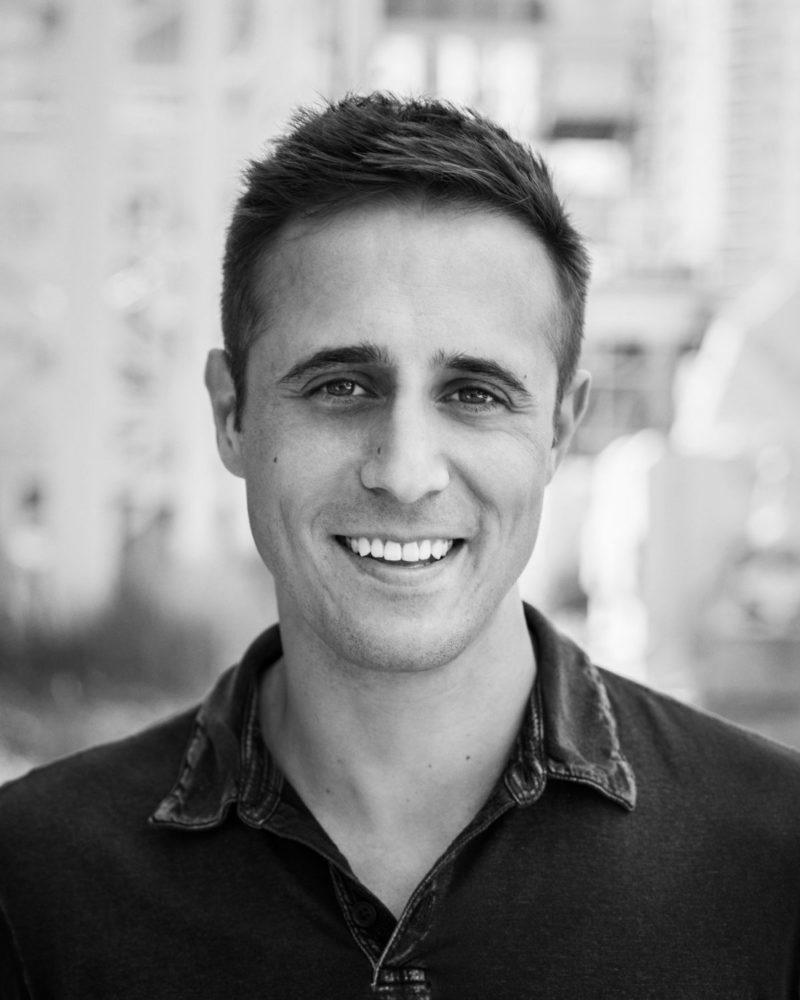
Award-winning photographer Randal Ford has worked with Pentagram, Leo Burnett, Anheuser-busch, Southwest Airlines, and others. PHOTOGRAPHY BY JD SWINGER.
What do you think of Jill Greenberg’s work [another American photographer well known for photos of animals]?
Jill Greenberg is someone who is constantly shooting and constantly evolving. As far as her animal project, there were a lot of lights being used, and for me it felt not as timeless. She shot that in the era when I was first just getting into photography, so I guess it’s hard to criticize. I like to think what I’m currently doing is more timeless and less a studio-focused study. One thing I’m trying to do with my animal shots, and there are probably less than 10 photographers who have ever shot a body of work (with animals) this big in the studio, is I’m trying to make a portrait that really connects with the audience.
Who are some of your all-time favorite photographers?
Sacha Waldman, Dan Winters, Peter Yang, Richard Avedon, and Irving Penn.
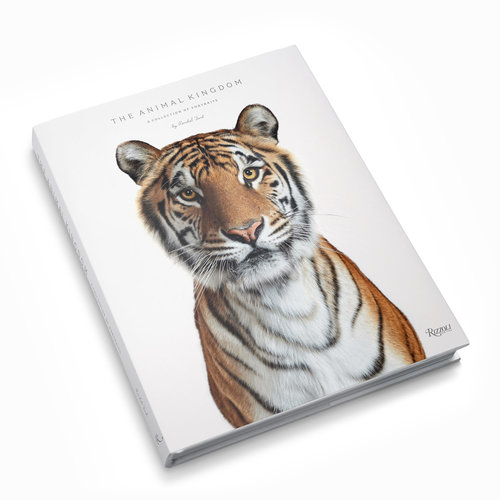
Animal Kingdom by Randal Ford is available for sale now. COURTESY OF RIZZOLI.
